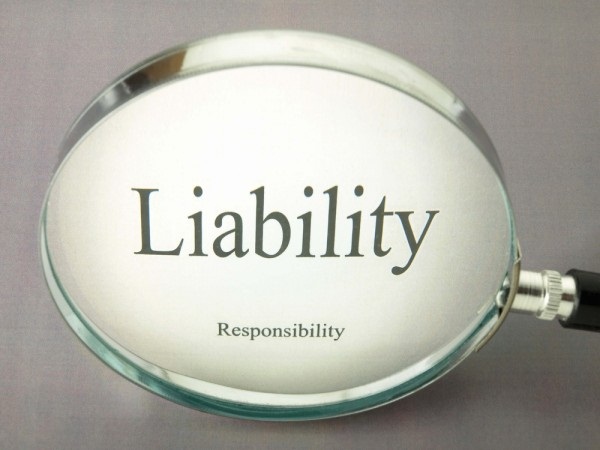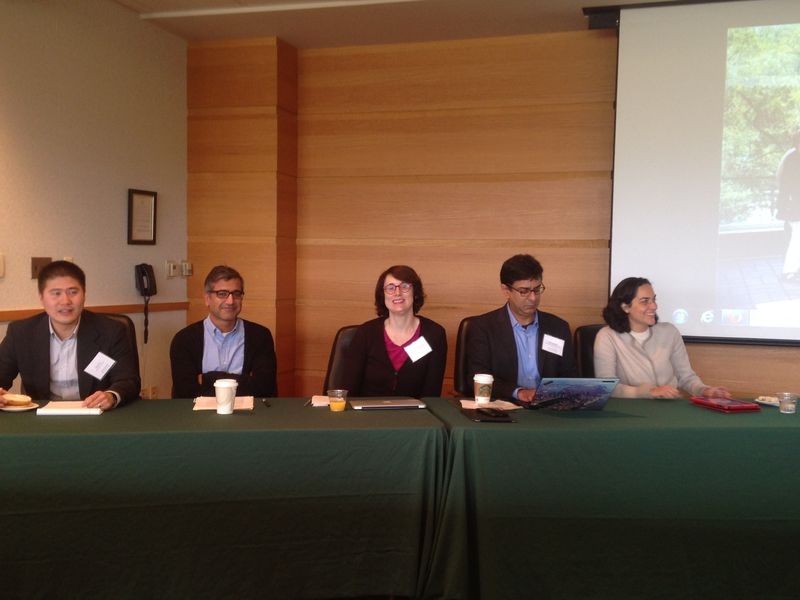Insurance policy could be a complex issue to know. Which policy covers what, how much, which coverage is needed and that are useful although not legally necessary, and just what exclusions apply are occasionally hard to determine. This information will examine employers liability exclusion, helping clarify which a part of which policy covers which issue.
First, a thing concerning the typical condition fund policy is needed. Generally, there’s two parts. The very first is the workers’ compensation coverage. This is whats called The Beginning, and it is most generally used and understood in the industry world. Part Two policy provides employers’ insurance. This is actually the side that’s frequently under-examined.

The Beginning on most condition fund policies provides compensation advantages to employees for work-related injuries and illnesses, unless of course the worker is really a household or domestic worker, an informal worker, a relative, or perhaps a corporate officer in the event that offer has excluded him- or herself in the policy. For many states, how big the organization and/or the number of employees they also have is important.
Workers’ compensation coverage is condition-mandated. However, employers’ insurance isn’t. Thus, there’s much more leeway within the scope from the coverage provided, as well as in the employers liability exclusion which could apply. Since each condition interprets the employers liability exclusion and benefits, it is crucial that the word what from the policy ought to be as unambiguous as you possibly can.
Part Two covers bodily injuries accidentally or by disease. Emotional or mental distress without bodily manifestations can therefore be an employers liability exclusion.

What’s another illustration of an employers liability exclusion? The first is that independent contractors varieties who aren’t employees from the policyholder have no coverage.
Most employers liability coverage is occurrence policies, instead of claims made. Which means that there’s an employers liability exclusion for just about any injuries occurring outdoors of times from the policy period.
Does sexual harassment count being an employers liability exclusion? This can be a complex question. Most employer liability policies clearly exclude claims made because of sexual harassment, coercion, critique, demotion evaluation, reassignment, discipline, deformation, harassment, humiliation, discrimination, and so forth.
However, in 1998 the Nj Top Court made the decision in Schmidt v. Cruz that claims of sexual harassment are covered underneath the employers’ insurance Part Two, which this information has been discussing. Based on the court, the employers’ liability exclusion within the policy coping with sexual harassment violated the general public policy underlying workers’ compensation and it was, therefore, void.
Contact an employment lawyer today.












Comments